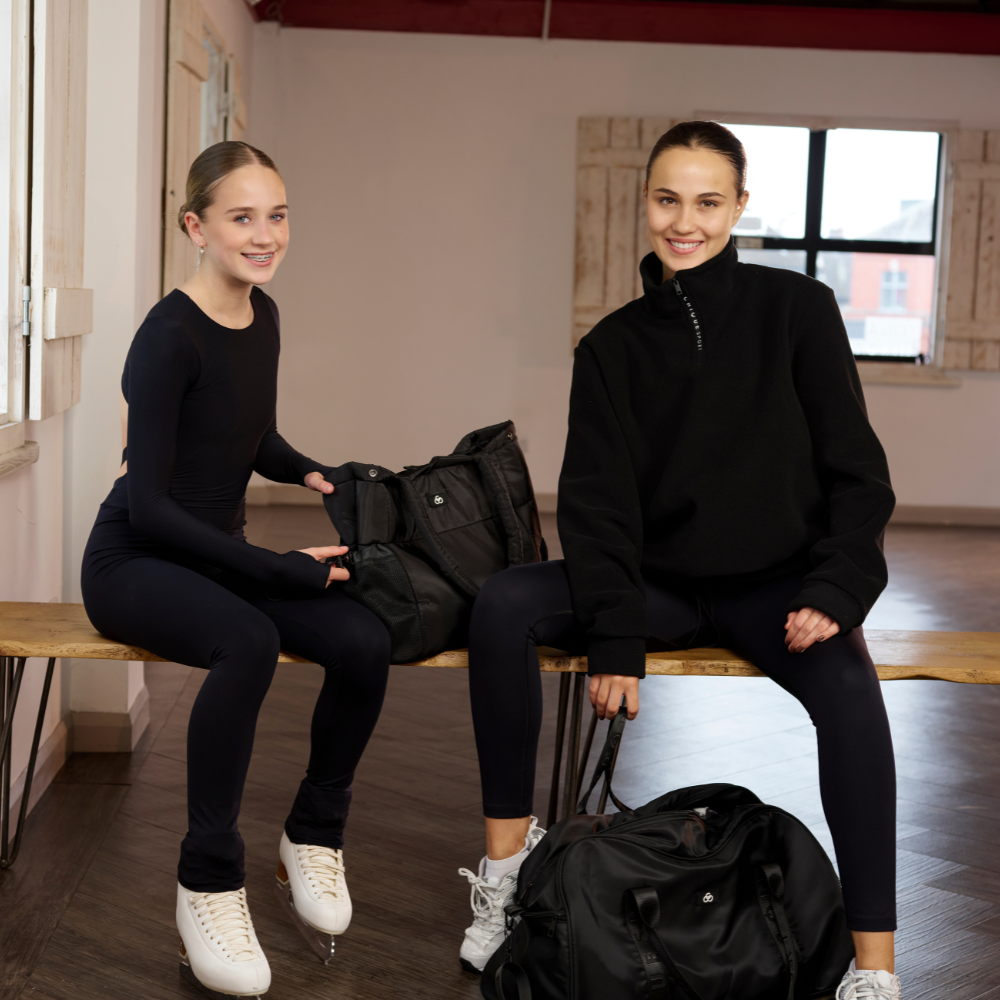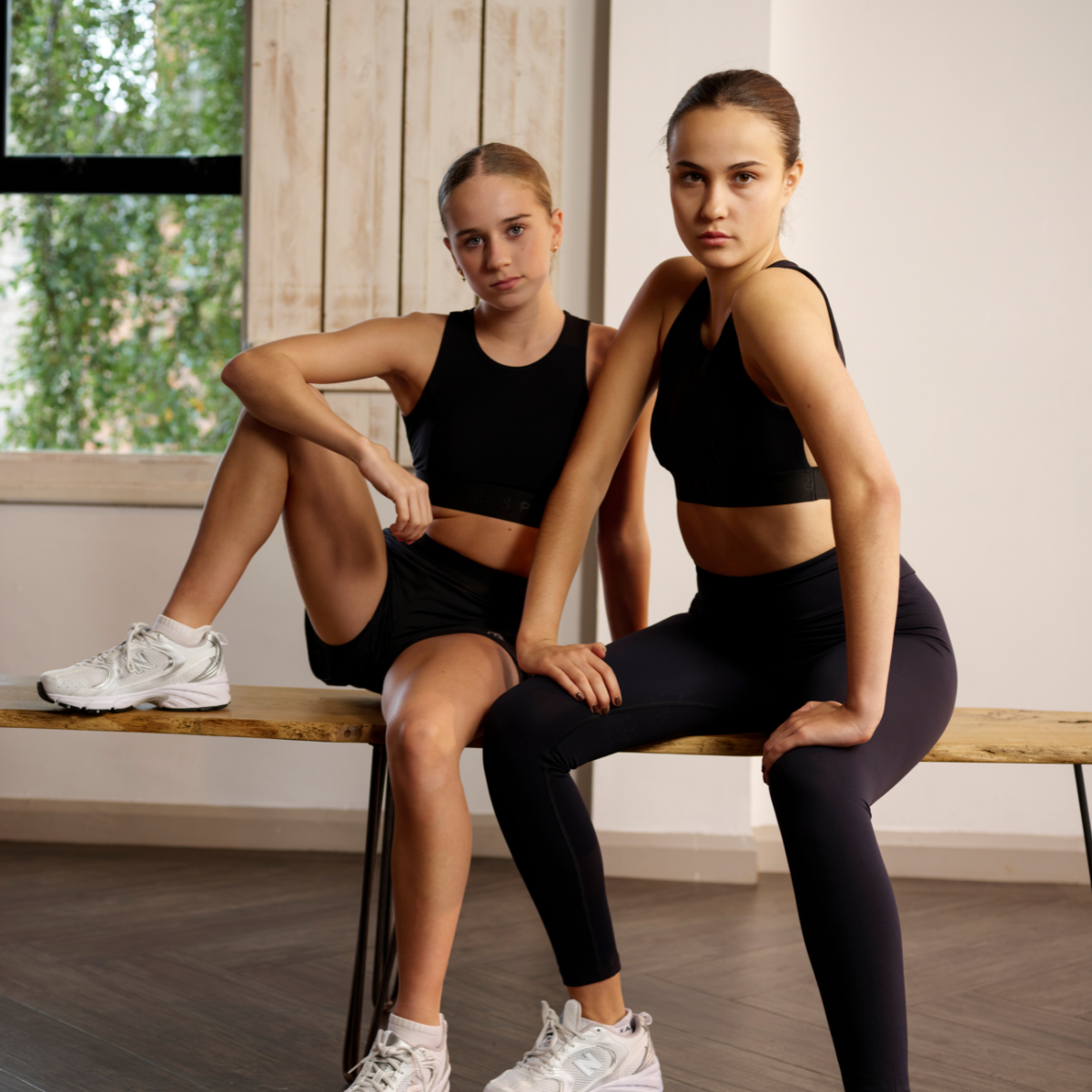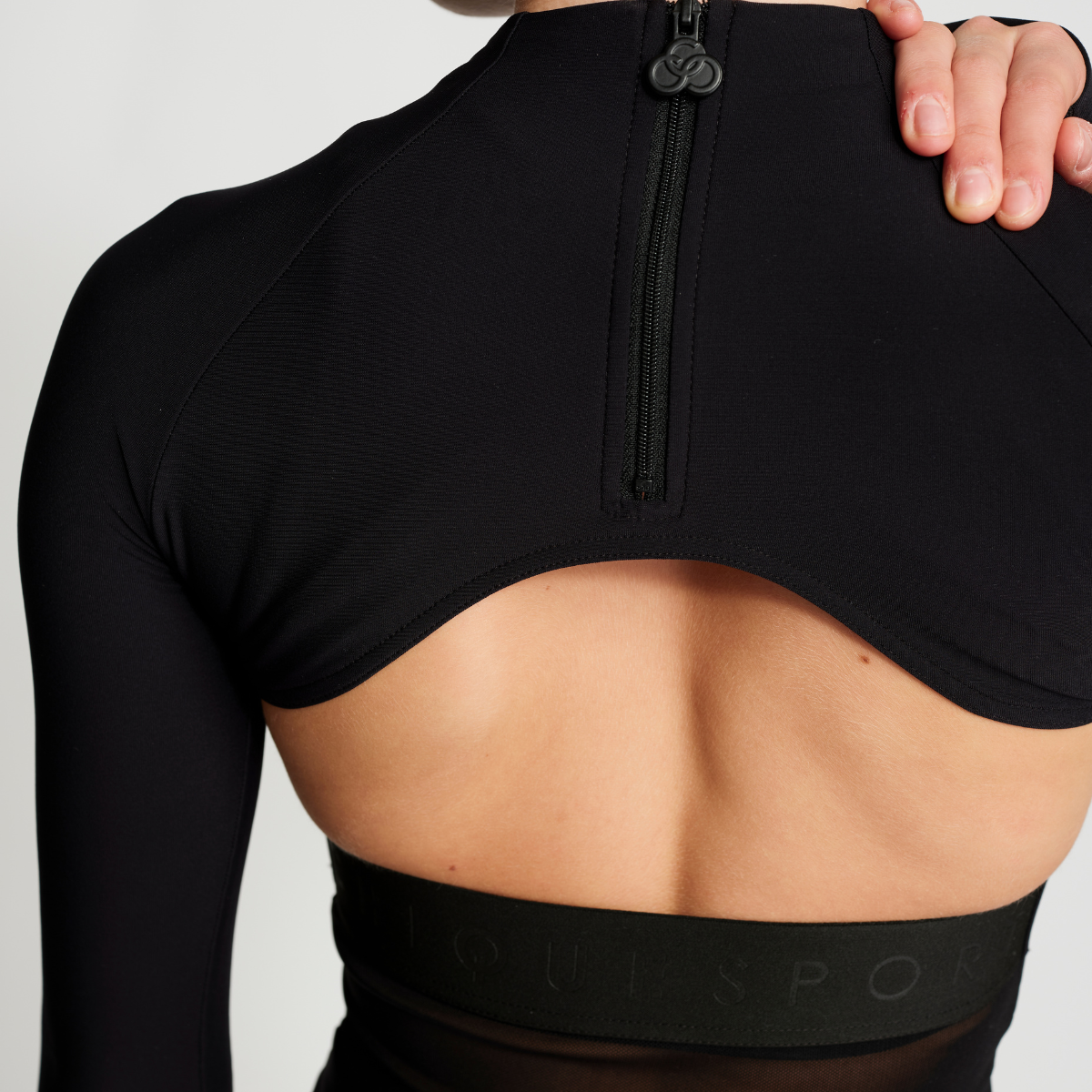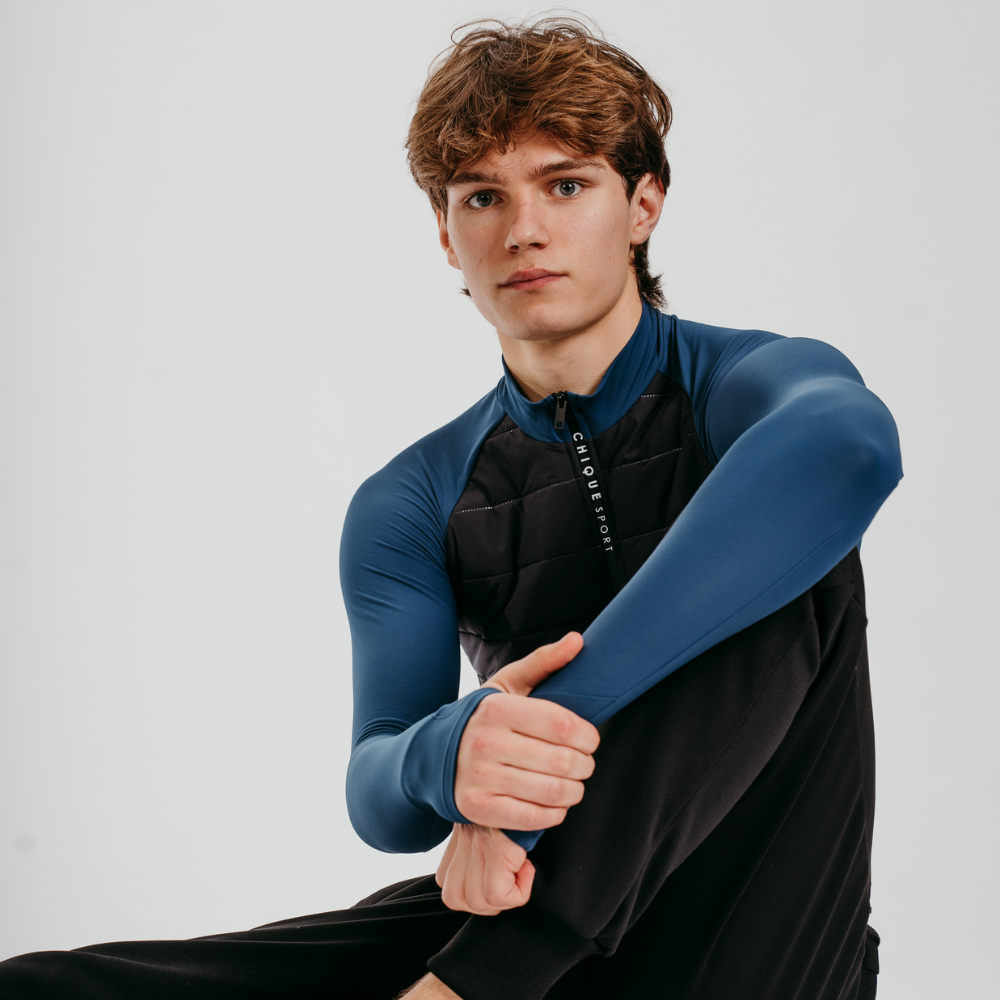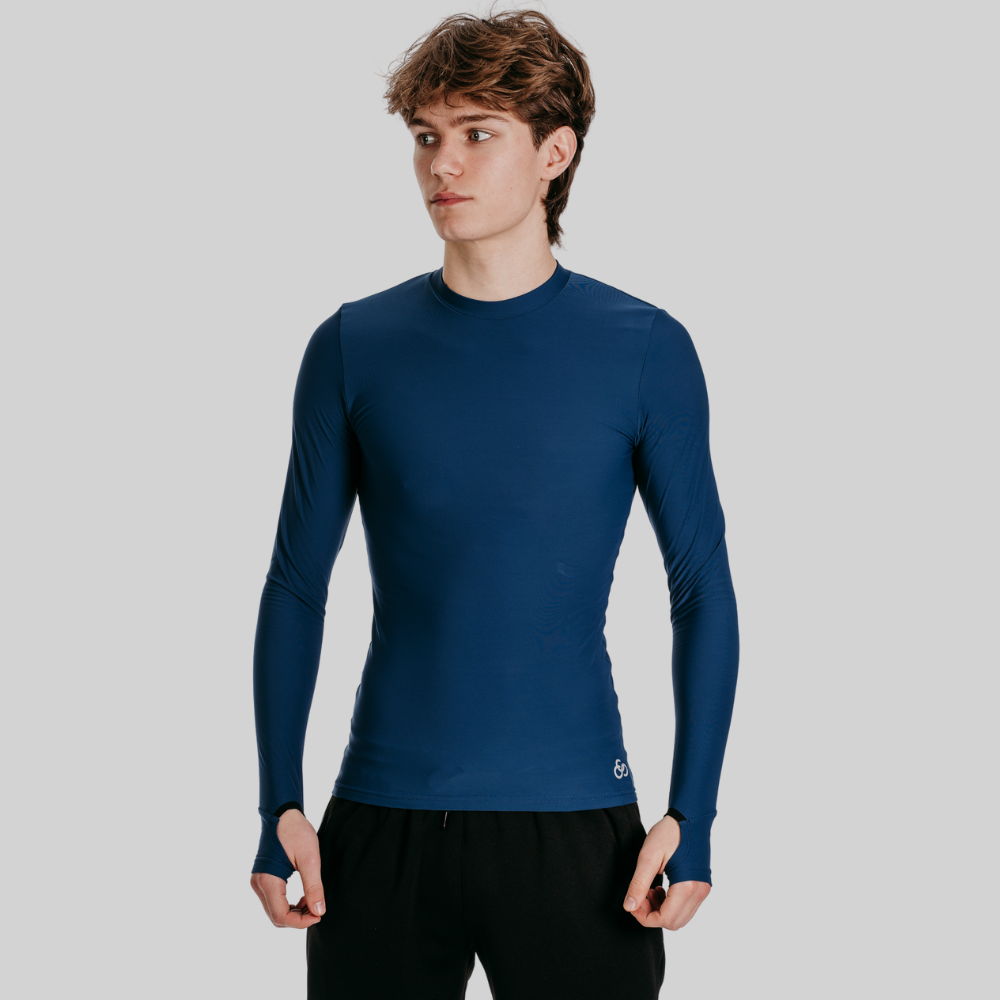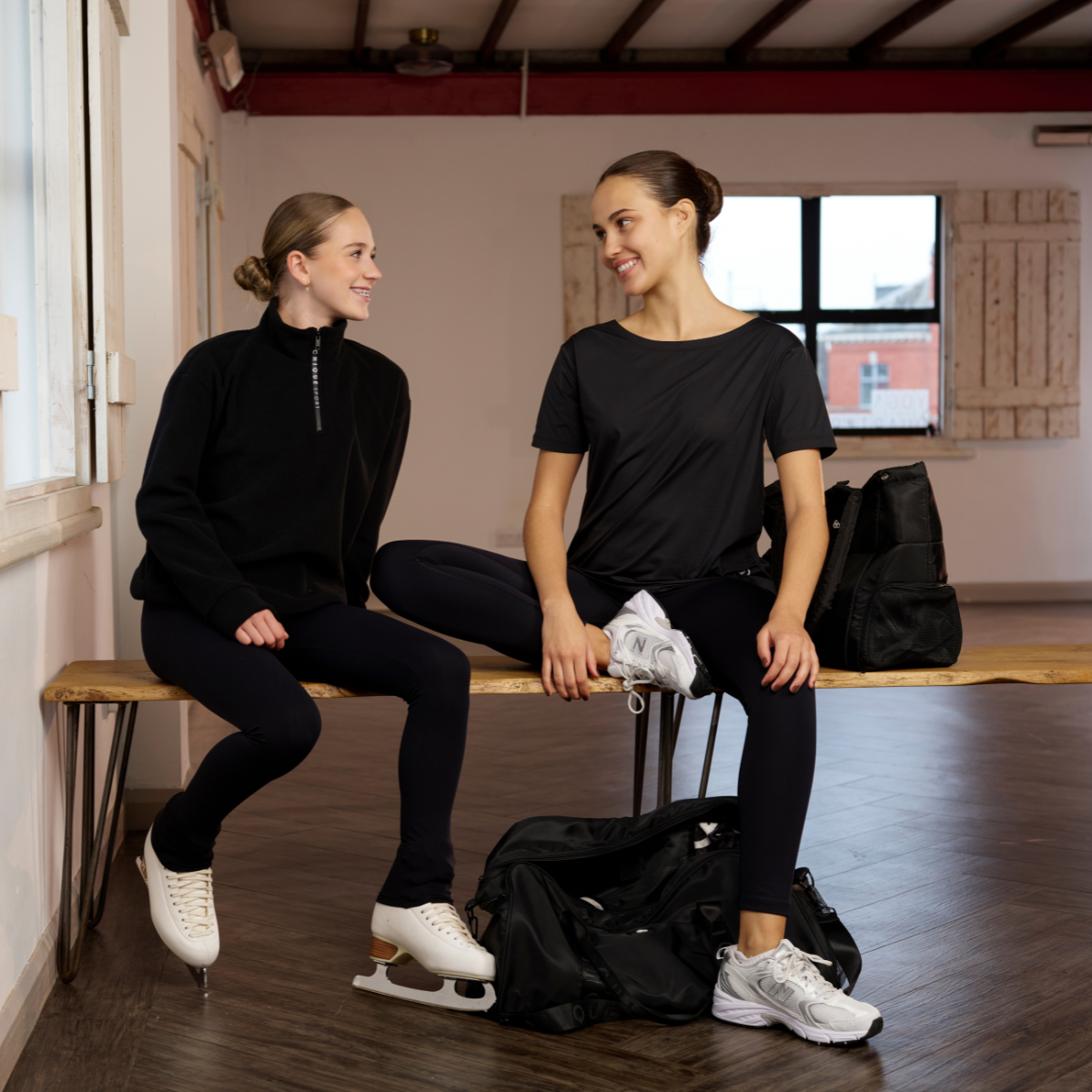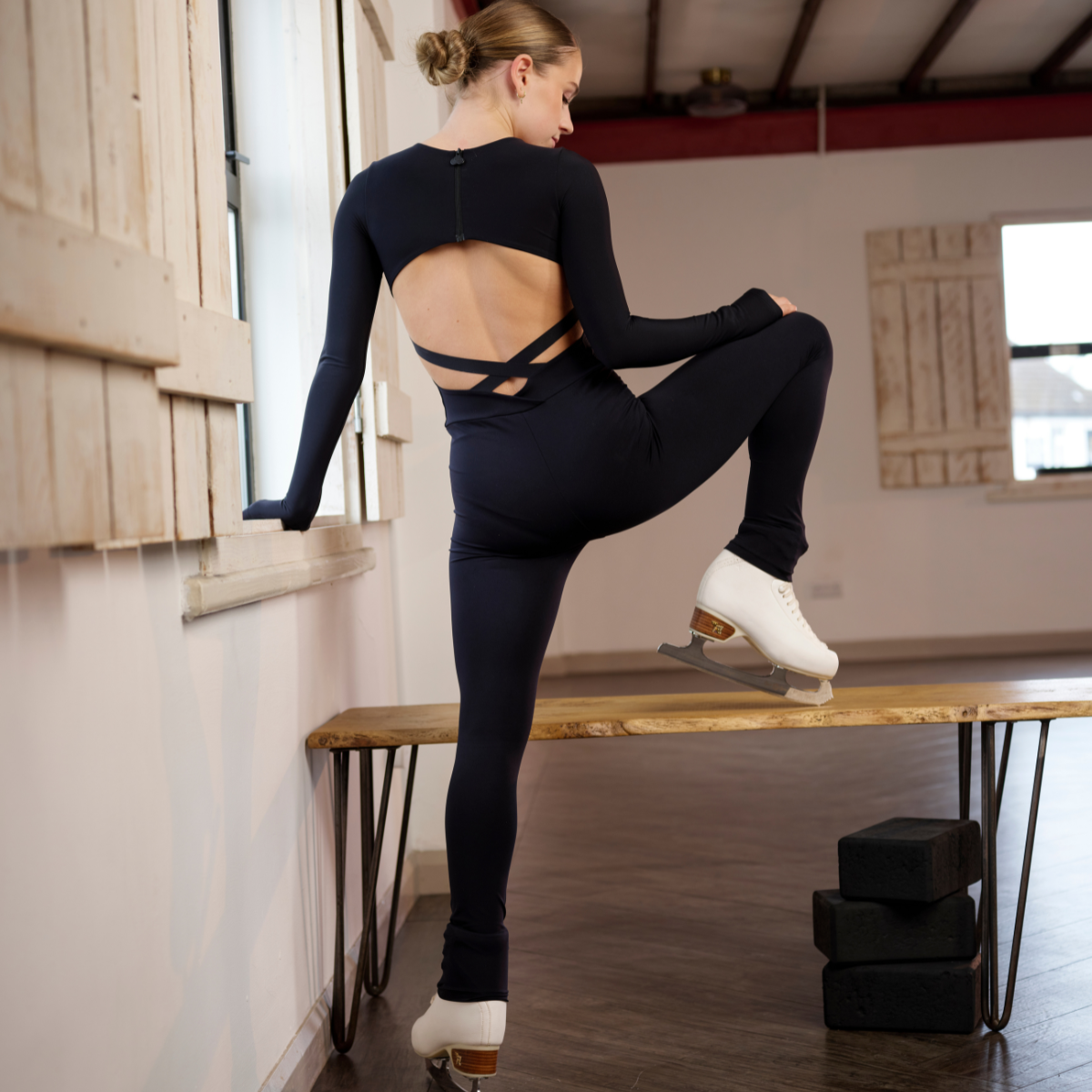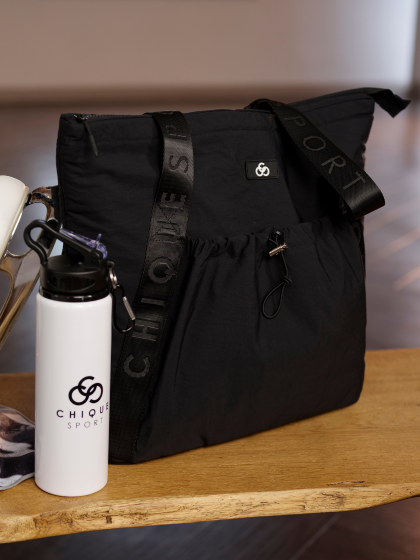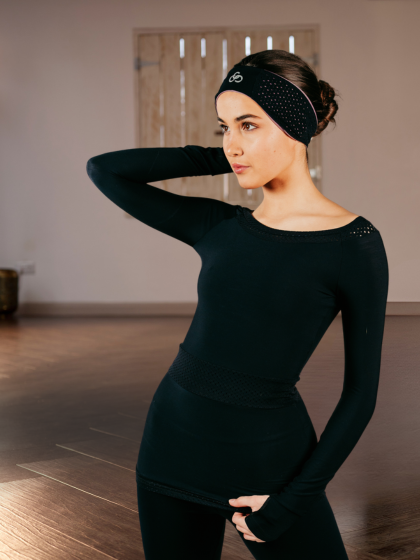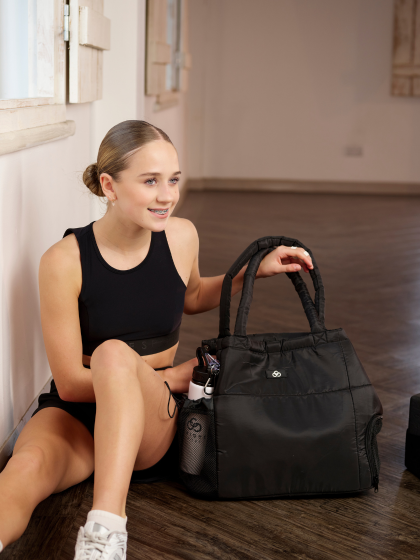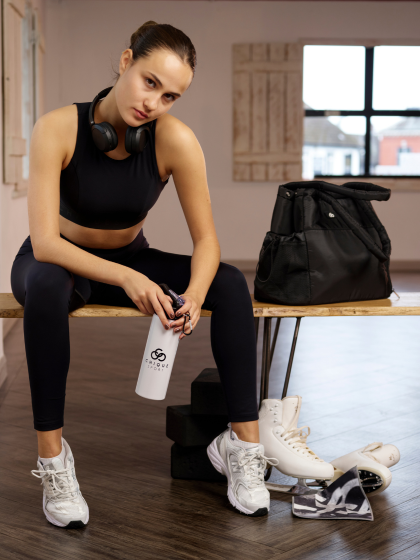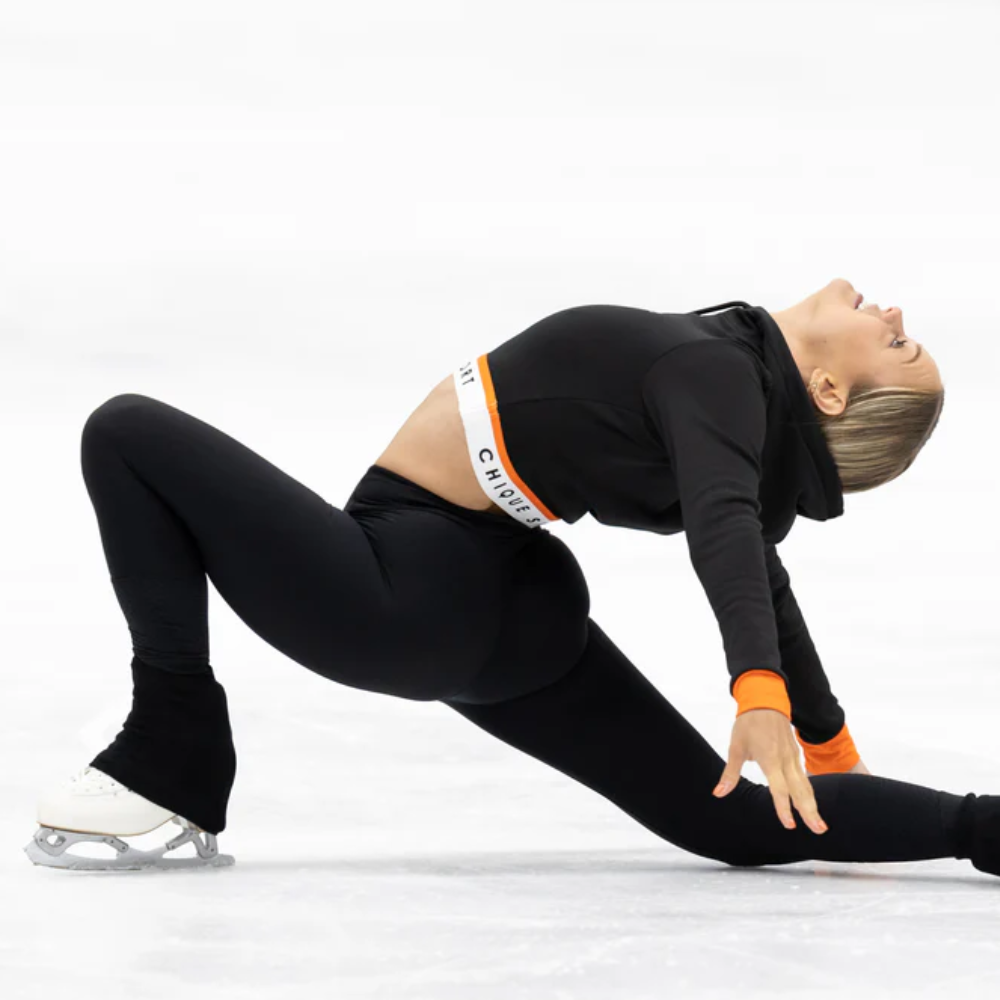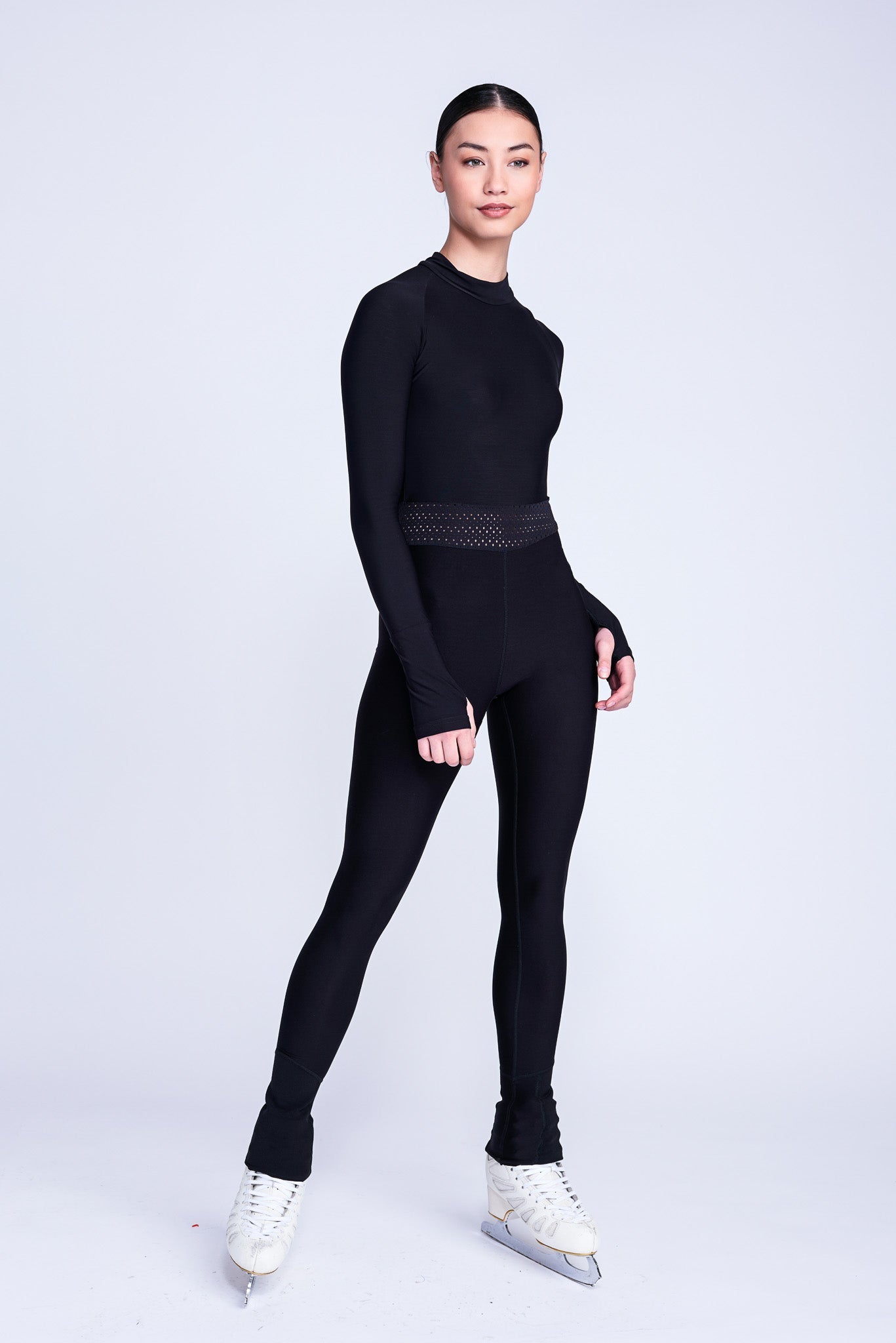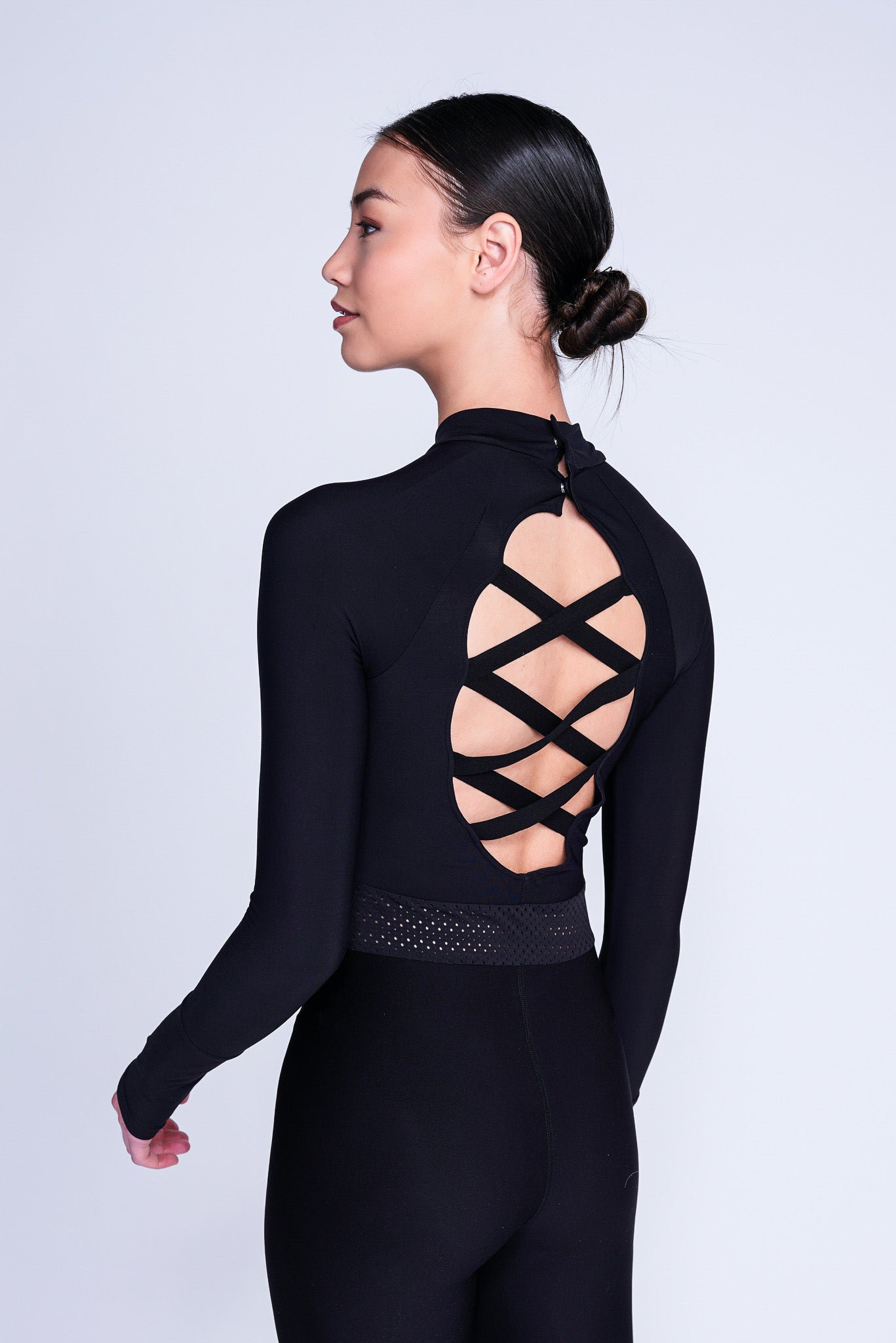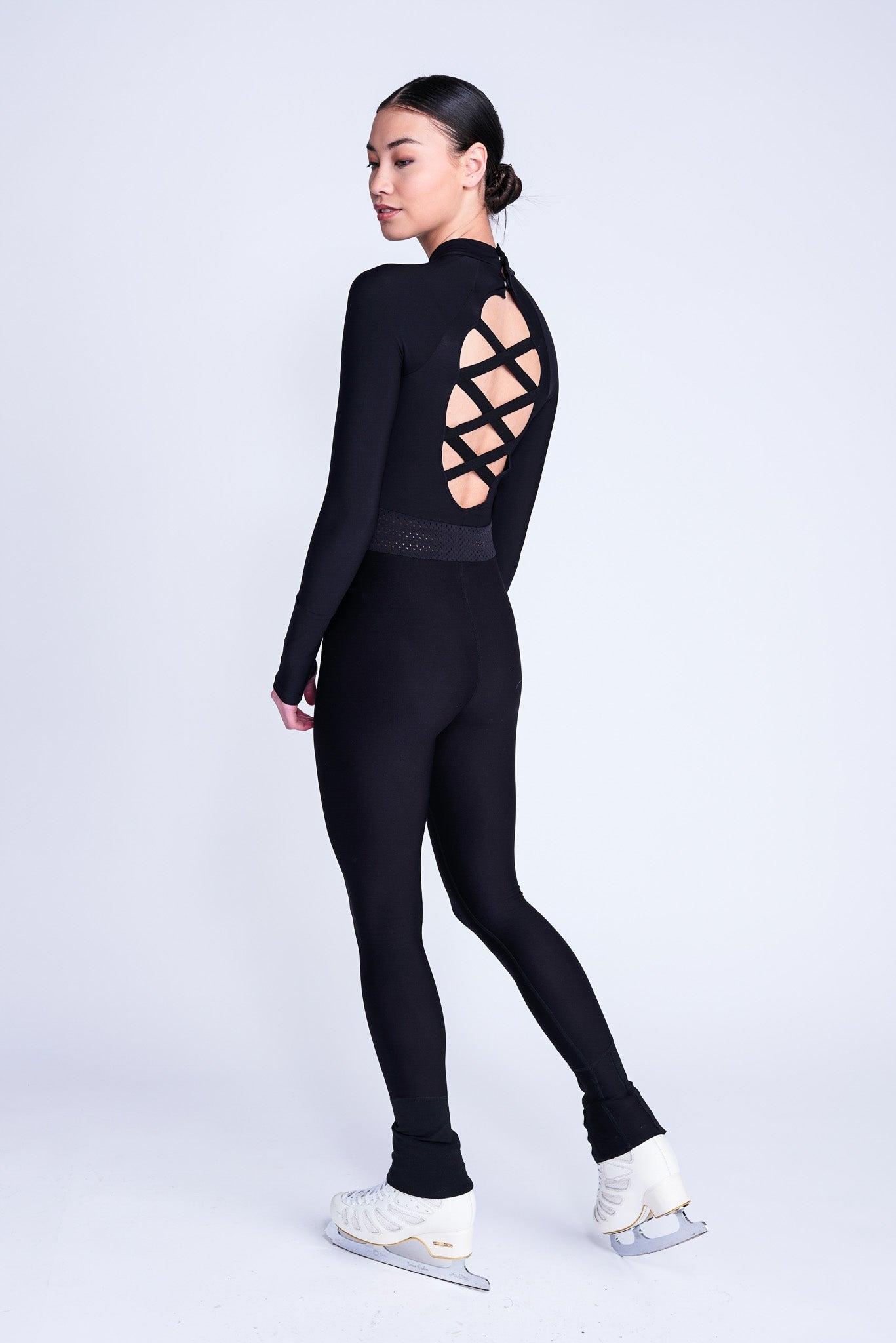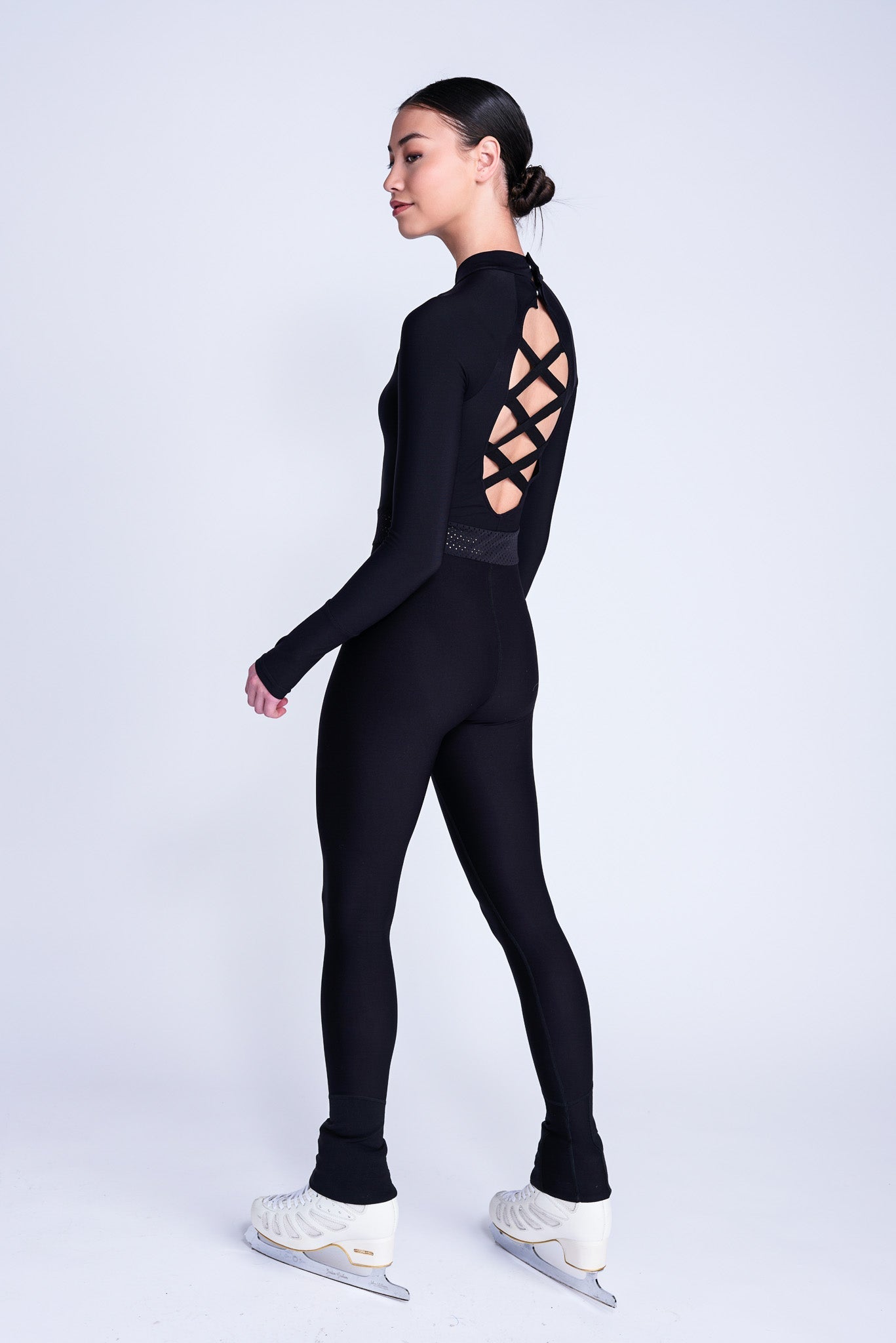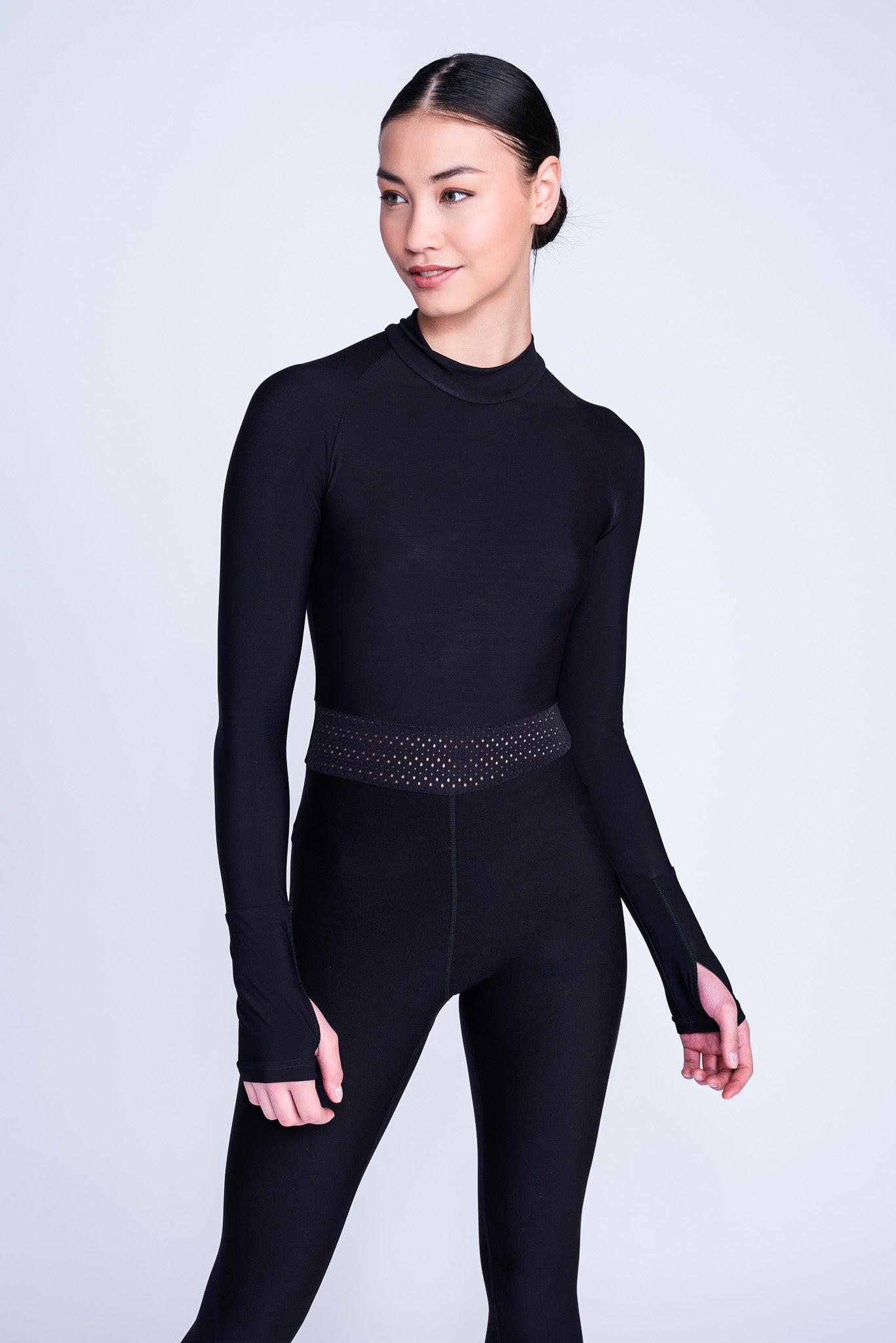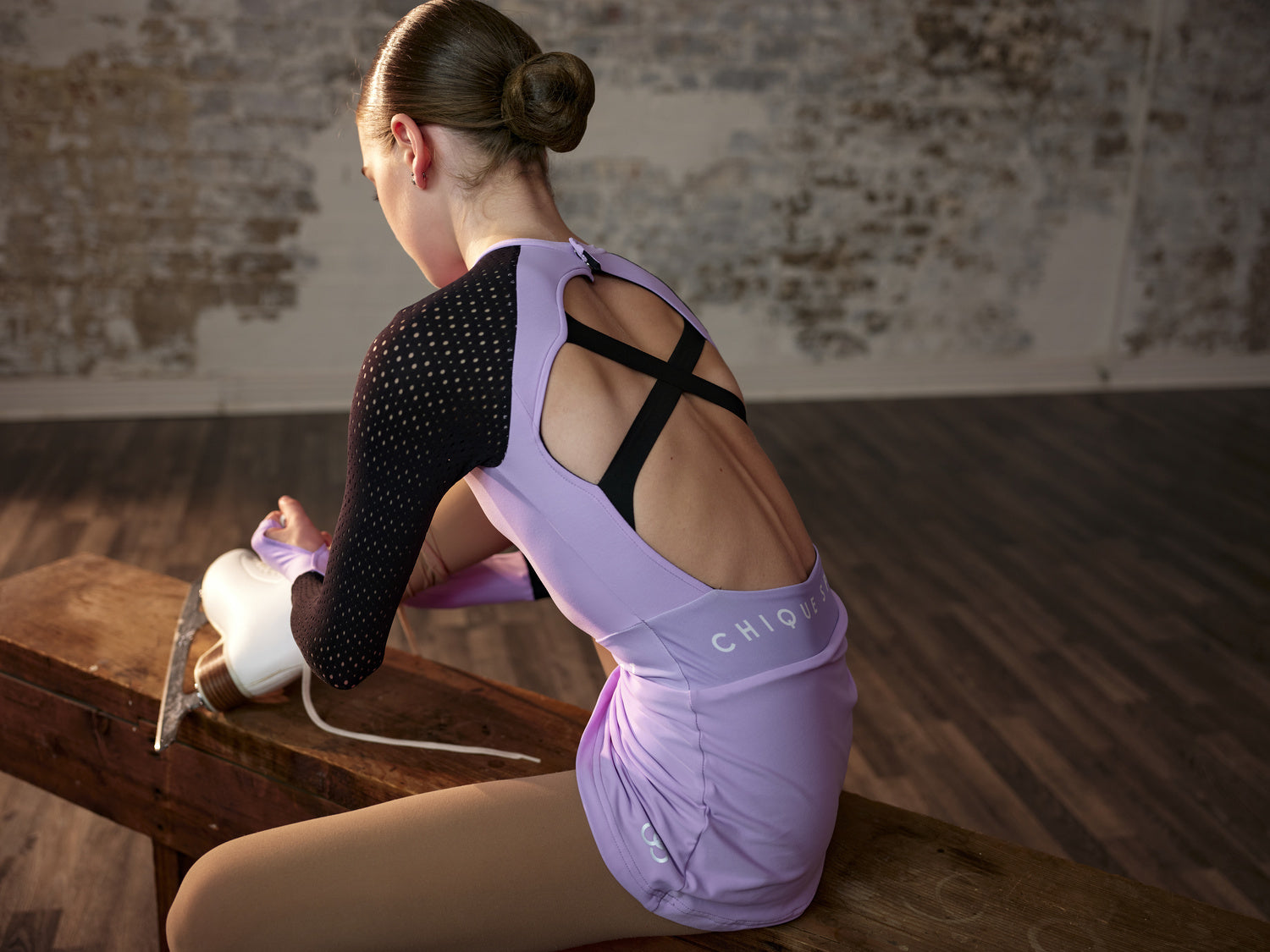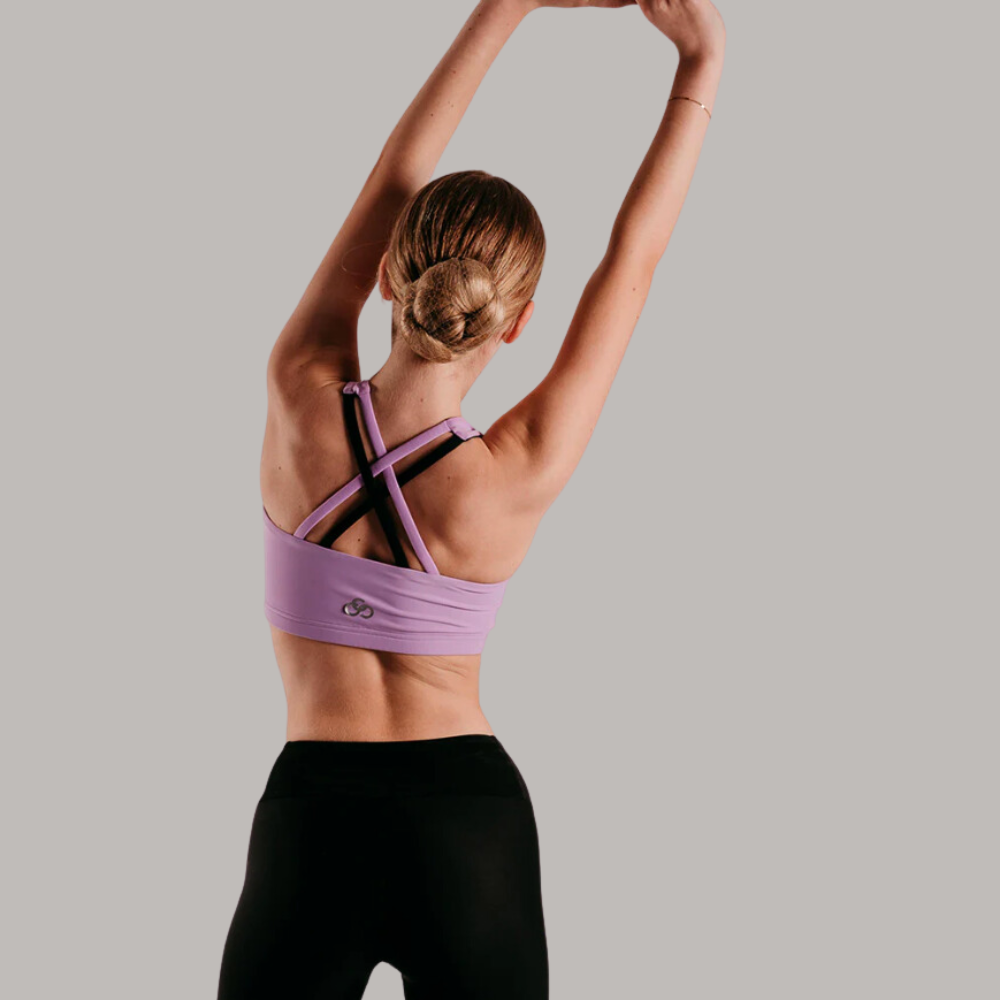In skating, short programs and free skate programs are presented in higher-level competitions, including Grand Prixs’, World Championships and Olympics. Although the two may appear to be identical at first glance, they actually vary greatly in a number of ways.
If you love watching skating competitions, knowing the ins and outs of the short program and free skate program will make the experience much more exciting!
Understanding the Format of Figure Skating Competitions
In competitive figure skating, there are 5 different categories: mens singles, womens singles, pairs skating, ice dance and synchronised skating. Each category has a short program, and a free program.
During the short program, skaters must present a flawless performance and impressive component scores to obtain points going into the free skate, because the short program requires fewer elements and has less room for error.
The second and lengthier competition segment, the free skate, has a greater range of requirements and a cap on the number of elements a skater can do. A skater's free skate score is added to their short program score to calculate overall standings once they have finished, which determines their finishing score.
Figure Skating Short Program

The short program is a condensed performance, made up of required elements, usually lasting around 2 minutes and 40 seconds. Elements often required in single skating include; spins, spin combinations, both spiral and footwork step sequences, a double axel, double or triple jump, and a jump combination.
In terms of figure skating scoring, there are two separate scores within the IJS (International Judging System). The Technical Score is based on the elements the skater performs on ice. Based on the degree of difficulty, a base value is given to each element. The base values range from -5 to +5.
The judges also rate the execution of the element, this is called the GOE (Grade of Execution). The final GOE and base value of each element are calculated to determine the skaters final score. It is essentially a qualifier before the free program, as only those skaters with the highest scores advance to the next skate.
Figure Skating Long Program (Free Skate!)
The long program, also referred to as the free skate, is a lengthier segment of the competition, where skaters have a broader set of requirements and maximum number of elements they may perform. Those who qualify after the short program, make it into the free skate. The program lasts around 4-4.5 minutes depending on the category.
Although there are no mandatory components, judges are looking for well-balanced programmes that highlight the skater's technical and artistic abilities. The difficulty of the leaps and how effectively the skater synchronises with the music are given consideration. Elite males complete at least seven triples, some of which are also combined, and frequently one or two quads, while elite women perform up to six separate triples, some of which are combined. The skaters must perform four different types of spin.
The scoring system for the long program is similar to the short program, consisting of the Technical Score, GOE and also the Presentation Score. The Presentation Score is given by up to 9 judges, who look at the following; skating skills, transitions, performance, composition and music interpretation. The top 3 scoring skaters will receive medals - bronze, silver and gold.
Figure Skating Short vs Long Program
From the varied length of the programs, to the specific requirements, there are a few key differences, but also some similarities between the short program and long program. Let’s take a look…
Short Program |
Long Program/Free Skate |
|
|
|
|
|
|
|
|
|
|
Similarities Between Short Program & Free Skate
So, we know that both the short program and free skate are performed on ice, what other similarities are there?
- The panel of judges evaluates each skater's athleticism and elegance, before awarding a technical score and a program component score in each program
- Vocal music is allowed in each type of program
- Both programs have a time limit which the skaters must adhere to
Differences Between Short Program & Free Skate
Although similar, each program has its own requirements. Let’s dive deeper into some of the differences…
- The number of elements - In the short program, skaters must execute specific outlined elements. However in the free skate, competitors can pick and choose from a variety of elements to produce their own unique performance
- The short program is around 2.5 minutes long, whereas the free skate is 4-4.5 minutes long
- There is more room for error in the free skate. Whilst the free skate provides competitors the freedom to select the components they are most confident in, the greater variety of elements might lead to more errors.
Skate in Style with Chique Sport!
Chique Sport is the leading figure skating fashion brand, providing stylish and functional training gear for figure skaters around the world. Worn by the top female figure skaters, including Loena Hendrickx, Anastasia Gubanova, Ekaterina Kurakova and Kimmy Repond. From off-ice training, to competition warm up at the World Championships, our skaters train hard, and train to win in Chique Sport.
“I always wanna feel comfortable on the ice while I'm training and of course, as a figure skater, I wanna look nice too. And that's what Chique Sport clothes are - comfortable, sporty and beautiful.” - Dasa Grm, 9 x Slovenian Champion
Explore our full range of figure skating training wear below!
